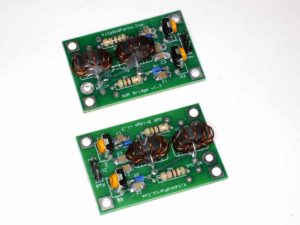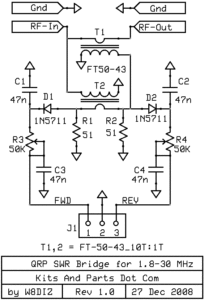I have an IC-7410 with R1 of the firmware installed.
I have attempted to use its PTT tuner start feature (triggers ATU tune on PTT if frequency changed a significant amount) with an MFJ-993B ATU, but it fails.
The symptoms are that the IC-7410 does not transmit its tune carrier, it remains in the mode active when PTT was pressed.
Tuner operations initiated from the IC-7410 TUNE switch appear to all work as expected.
Above is a logic trace of the ATU control wires on PTT tune. everything looks good, when the /START signal is recognised as valid, the ATU asserts KEY and the IC-7410 should put tune carrier out… but it doesn’t and the ATU aborts after about 0.5s without tuning. Continue reading Icom IC-7410 – PTT tuner start doesn’t work






